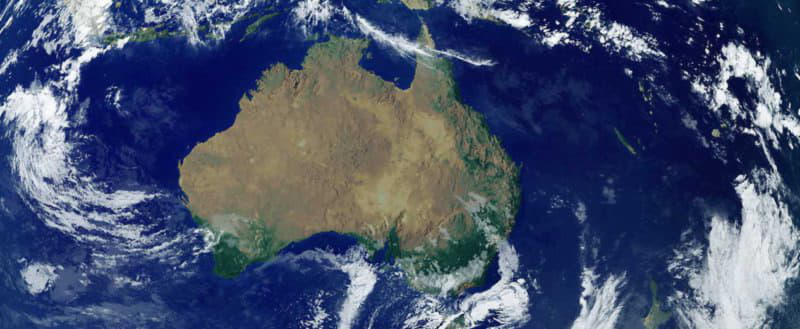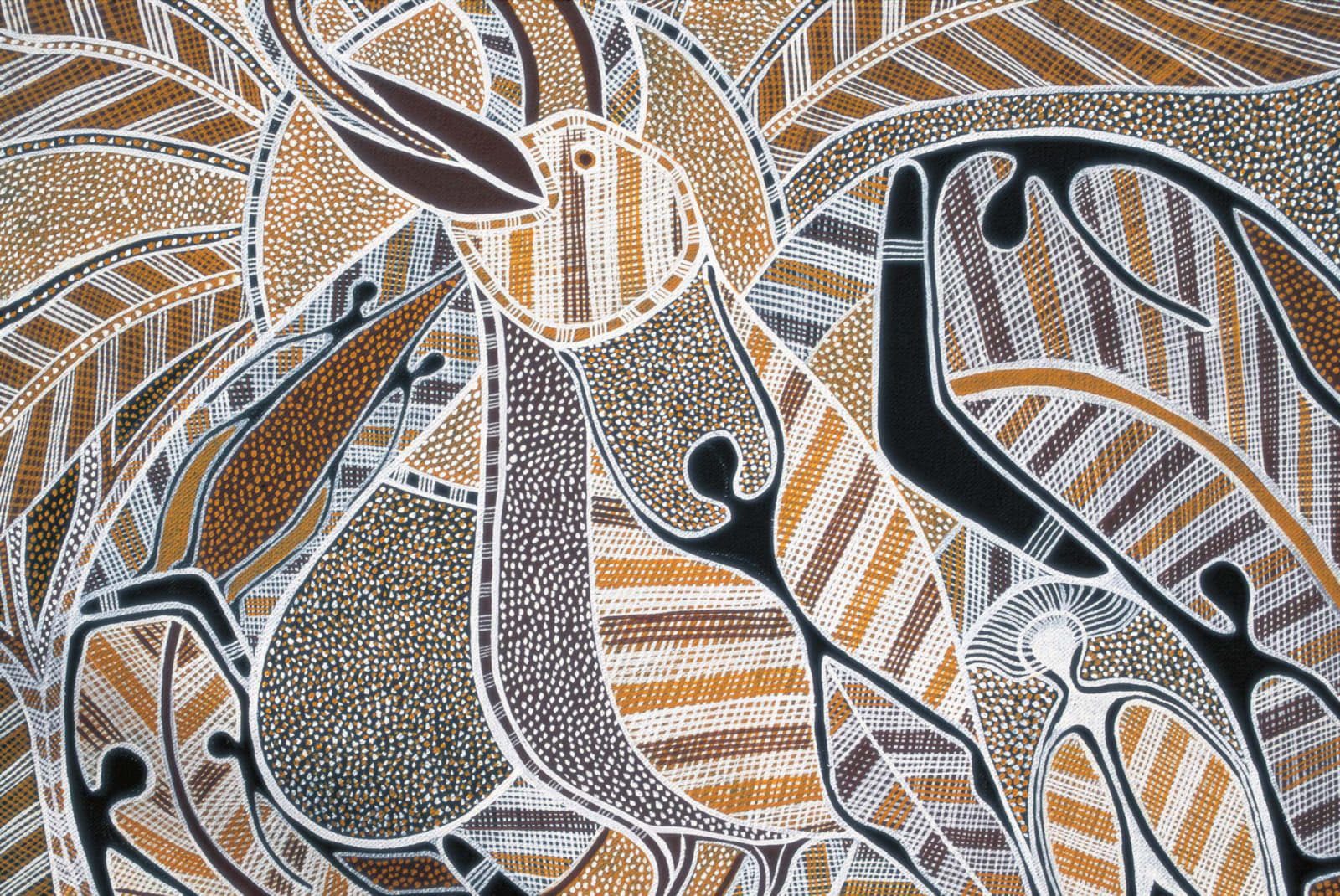Australia's Population
The estimated resident population for each state and territory at 30 September 2016 was as follows:
 New South Wales 7, 757,800;
New South Wales 7, 757,800;
Victoria 6,100,900;
Queensland 4,860,400;
South Australia 1,710,800;
Western Australia 2,623,200;
Tasmania 519,800;
Northern Territory 245,700; and
Australian Capital Territory 398,300.
Australia’s Ageing Population
Australia’s population, like that of most developed countries, is ageing as a result of sustained low fertility and increasing life expectancy. This is resulting in proportionally fewer children (under 15 years of age) in the population. The median age (the age at which half the population is older and half is younger) of the Australian population has increased by 4.8 years over the last two decades, from 32.1 years at 30 June 1990 to 36.9 years at 30 June 2010. Between 30 June 2009 and 2010 the median age remained relatively steady at 36.8 years. Over the next several decades, population ageing is projected to have significant implications for Australia, including for health, labour force participation, housing and demand for skilled labour.
The ageing of Australia’s population, already evident in the current age structure, is expected to continue. The median age of Australia’s population is projected to increase to between 38.7 years and 40.7 years in 2026 and to between 41.9 years and 45.2 years in 2056 .
At 30 June 2010, Tasmania had the oldest population of all the states and territories with a median age of 39.9 years. The second oldest was South Australia with a median age of 39.2 years, followed by New South Wales (37.2 years), Victoria (36.9 years), Western Australia and Queensland (36.2 years), the Australian Capital Territory (34.7 years) and the Northern Territory (31.3 years).
Most of Australia’s population is concentrated in two widely separated coastal regions. By far the larger of these, in terms of area and population, lies in the south-east and east. The smaller of the two regions is in the south-west of the continent. In both coastal regions the population is concentrated in urban centres, particularly the state and territory capital cities.
Australia’s Population density
Population density varies greatly across Australia. Australia’s total population density at June 2008 was 2.8 people per square kilometre. Among the states and territories, the Australian Capital Territory had the highest population density at 147 people per square kilometre and the Northern Territory had the lowest population density at just 0.2 people per square kilometre.
At 30 June 2008, population density was highest in the capital cities of Australia’s states and territories. With the exception of Canberra, all these capital cities are located on the coast.
Population density in other coastal and surrounding areas was also relatively high, particularly in the southeast corner of the country. On the other hand, most of central and western Australia had a population density of less than one person/km2.
Five of the top ten most densely-populated statistical local areas (SLAs) were located in Sydney, which is currently the most populous city in Australia. At 30 June 2008, the Sydney statistical division had a population of 4.4 million people.
Australia’s Sex Ratio
At June 2010, there were 94,600 more females than males residing in Australia, with 11.12 million males and 11.21 million females. The sex ratio (the number of males per hundred females) was 99.2, up from 98.6 in 2005. The sex ratio of the states and territories at June 2010 varied from 97.3 in Tasmania, up to 107.7 in the Northern Territory. Only in the Northern Territory and Western Australia did males outnumber females, while in Queensland the ratio was almost even (99.9%).

 New South Wales 7, 757,800;
New South Wales 7, 757,800;